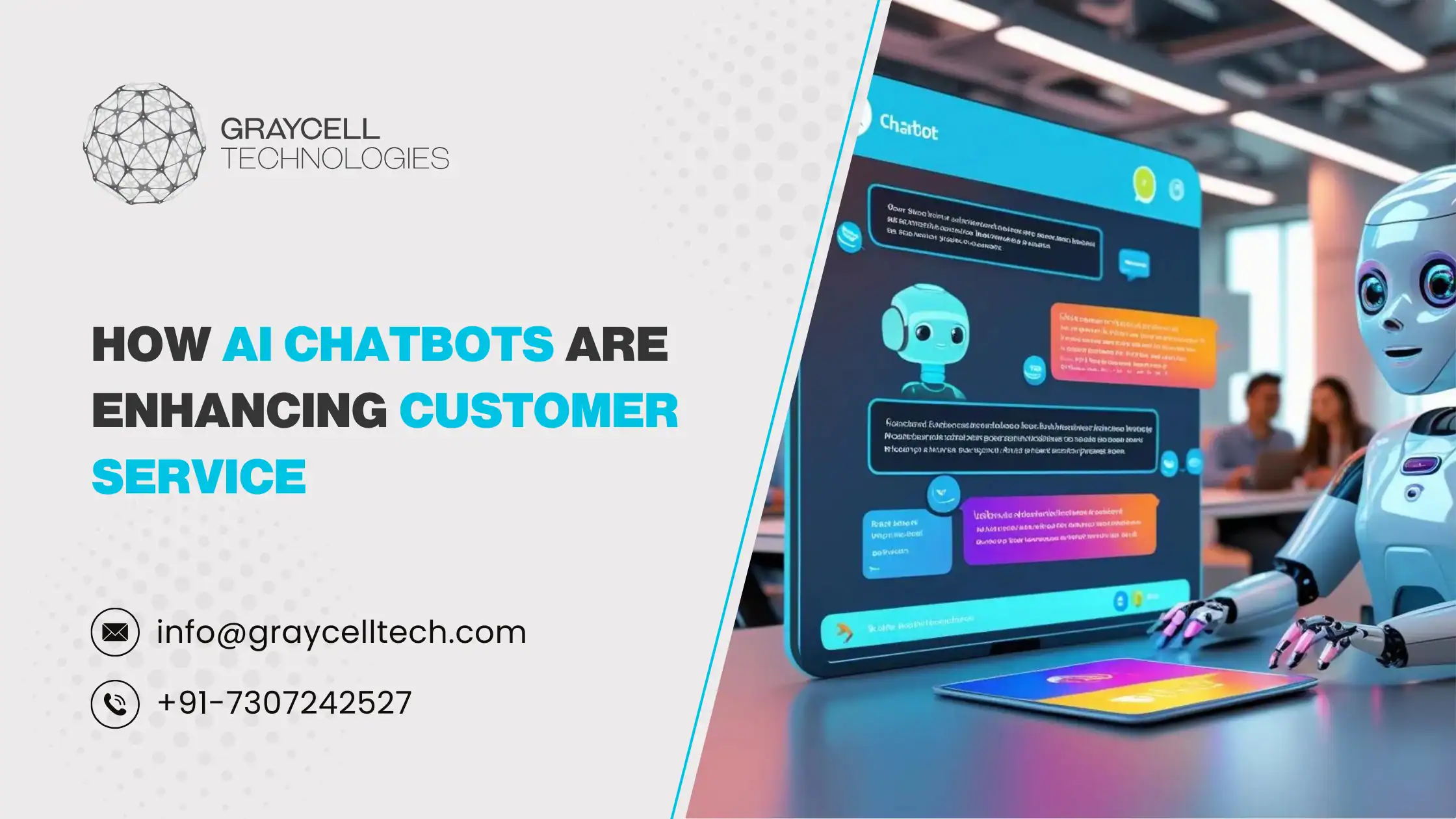Cloud-native transformation isn’t a new concept, but it has become more essential over the last couple of years. Businesses that focus on innovative customer experience are quickly adopting the cloud-native development model. From system integration to backup software, these applications are important to the operation of any business. However, many businesses are using cloud-native as both a development approach and strategy because it can bring efficiency and provide business agility.
Cloud-native application development is crucial for digital transformation and innovation. Companies that adopt cloud-native applications boost up the scalability, efficiency, and productivity. However, cloud-native is an approach to building and running applications that exploits the advantages of the cloud computing delivery model.
According to Gartner’s report, by 2025, cloud-native platforms will serve as the foundation for more than 95% of new digital initiatives — up from less than 40% in 2021. Integrating cloud-native can bring change to how a business fundamentally operates, positions, and differentiates itself. As we transit 2022, here are key cloud-native trends to consider:
Fast-Track and Standardize Solutions
Cloud-native solutions allow you to use the full potential of cloud computing architecture. Cloud-native platforms include technology functions such as continuous integration, container management, infrastructure as code, service mesh, and serverless functions – which can be sourced from public cloud services or software.
Apart from this, it provides capabilities and connections to application architecture, infrastructure, and operations (I&O) and it can also deliver standardized and automated solutions which tend to feature repetitive manual tasks that are not found in cloud environments.
Distributed Cloud Architecture

With the rise in digital adoption, the number of projects and services using digitally-enabled technologies has also expanded. Add to that a large number of the workforce working in an online/remote, hybrid, or in-person environment. These requirements and complexities have created a need for businesses to shift from traditional infrastructure to one that is cloud-based and flexible for this complex requirement.
Distributed cloud architecture allows businesses to use the infrastructure of multiple cloud providers simultaneously and join the benefits of public cloud with the organization’s focus on maintaining governance for its infrastructure. This new-age technology approach ensures optimized performance and compliance with modern regulatory protocols.
Stay Relevant and Competitive
Like every other industry, the IT industry also faces competitiveness but this time at a larger scale. This is because of factors like globalization, capitalization, and changing consumer tastes. To stay relevant, businesses are quickly adapting cloud-native because it offers a better way to solve customer queries with faster response. Moreover, cloud-native platforms can enable organizations to reduce hurdles to new markets.
Staying relevant is also key for engaging customers and stakeholders, which is important in facilitating greater collaboration to improve value in digitization initiatives. Also, cloud-native allows organizations to remain relevant and competitive.
Serverless Computing

Another critical implementation of cloud-native platforms is the vision of serverless computing,, a next-gen technology that ensures scalability, cost-effectiveness, and agility. Serverless computing allows you to develop or run applications and services with little or no dependence on the infrastructure itself. Now, this feature enables developers to focus on the key component, i.e. on optimization of application design, building customer-focused applications, without worrying about maintaining IT infrastructure.
Business Implications and Responsibilities
There are many business-wide responsibilities and implications which must be acknowledged by IT leaders before the adoption of cloud-native platforms. Notable use cases include the redesigning of the system, whereby apps are materially altered to the cloud-optimized system, and re-architecture process, where an all-new code may be initiated.
Moreover, IT teams across organizations must retain responsibility for a variety of functions despite the adoption of cloud-native platforms. These include strategy, procurement, architecture governance, vendor management, and much more.
Low-Code / No-Code Solutions
Whether it is cloud or any other technology trend, performing multiple business operations with minimum dependency on code is key to growth and sustainability. Cloud-native applications use Kubernetes, an orchestrator in the cloud-native world. By the use of this, organizations can create flexible solutions with low-code or no-code tools, and this allows a non-technical person to perform their roles without having too many programming skills.
Conclusion
Cloud-native applications help companies get the flexibility they are looking for while also creating a future-ready cloud platform. It may seem like a small change in development capabilities at first, but it can bring an impressive change in how a business operates and positions itself. With expertise and strategic partnerships with some of the leading cloud providers like Microsoft, AWS, and Snowflake, GrayCell Technologies can help you migrate or adopt cloud infrastructure.








